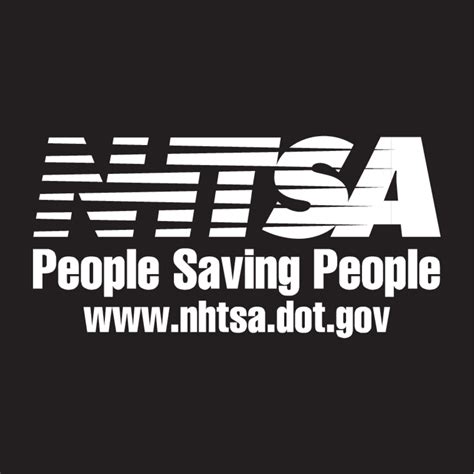What the NHTSA TV commercial - Fake Seat Belt is about.

The National Highway Traffic Safety Administration, or NHTSA, recently released a compelling TV spot titled 'Fake Seat Belt' as part of their ongoing efforts to promote road safety. The advertisement features a young woman getting into her car and putting on what appears to be a seat belt, but upon closer inspection, it's clear that the 'seat belt' she's wearing is nothing more than a fabric strap, incapable of providing any level of protection in the event of a crash.
As the woman drives down the road, she is soon hit by another car and propelled forward, only to be saved by her real seat belt. The message of the ad is clear - fake or substandard seat belts can and do cause harm, and it's important to choose your seat belts wisely.
It's a sobering reminder of the importance of seat belt safety, and the consequences of making poor choices when it comes to protecting ourselves on the road. NHTSA's TV spot is a compelling and highly effective way to get this message across to the general public, and it serves as a powerful reminder that seat belt safety should never be taken for granted.
NHTSA TV commercial - Fake Seat Belt produced for
NHTSA
was first shown on television on May 12, 2013.
Frequently Asked Questions about nhtsa tv spot, 'fake seat belt'
Sir George Cayley, a wealthy landowner in Yorkshire, England, invented the first seat belt way back in the 19th century. Cayley was highly interested in aerodynamics and the principles of flight.
And pull it to make sure that the seat belt is clipped in fully. Make sure that it unlatches nice and freely. And that it's secure nice and easy.
Worn properly, seat belts are designed to spread crash forces across the stronger bony parts of the body, including the shoulder, rib cage and pelvis. Seat belts also prevent occupants from being ejected from the vehicle, an event associated with high risk of injury and death.
A seat belt, also known as a safety belt or spelled seatbelt, is a vehicle safety device designed to secure the driver or a passenger of a vehicle against harmful movement that may result during a collision or a sudden stop.
engineer Nils Bohlin
A brief history of the seat belt.
In 1959, the Volvo engineer Nils Bohlin developed the modern three-point seat belt. Although the design was patented, the company decided the patent was to be left open, making it available to all vehicle manufacturers to use for free.
Sir George Cayley
Considered by some as “one of the most important people in the history of aeronautics, Sir George Cayley was an English engineer responsible for creating the first-ever version of a seatbelt in the 19th Century - providing the blueprint for all safety belts to come.
The 5-Step Test is a simple way to see if the vehicle's seat belt fits the child properly. Kids who can answer “yes” to all 5 questions can ride safely without a booster. Most kids are close to 5 feet tall before you'll be able to say yes to all 5.
The 5PT is a structured and standardized test measuring figural fluency functions. Interrater reliability, test-retest-reliability and construct validity of this measure were analyzed.
Seat belts aid in restraining the victim from being thrown from a vehicle under impact. They can also be a source of injury, however. Perforation, scarring, hemorrhage, lacerations, and tearing of the bowels, kidneys, uterus, and bladder have been attributed to seat-belt restraint.
Types Of Seatbelts
- Lap Belt This type of seatbelt is commonly seen in airplanes and in older vehicles.
- Sash/Shoulder Belt Shoulder belts lay diagonally across a persons older similar to a sash.
- 3-Point/Y-Shaped First introduced in 1959 the three point harness is simply the lap and shoulder belt combined into one.
Today, seat belt material is usually woven from 100% polyester. Nylon used to be the most popular material, but nylon stretches more than polyester and is more prone to wear and tear. Tiny abrasions and damage to the belt reduce the tensile strength dramatically, so that difference really matters.
The first belts in history were found to be worn by people in the Bronze Age, anywhere between 3300 and 1200 BCE. There are references to these early belts all throughout the ancient world, typically in Europe and parts of Asia.














